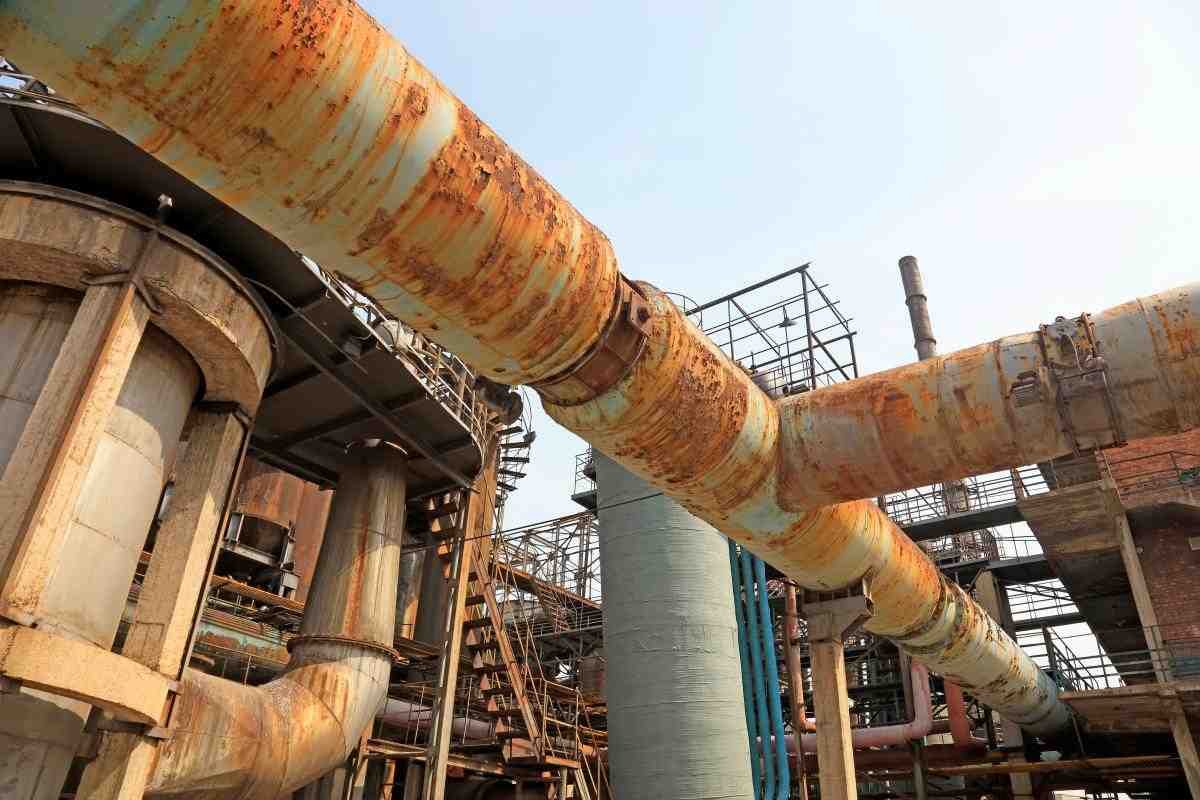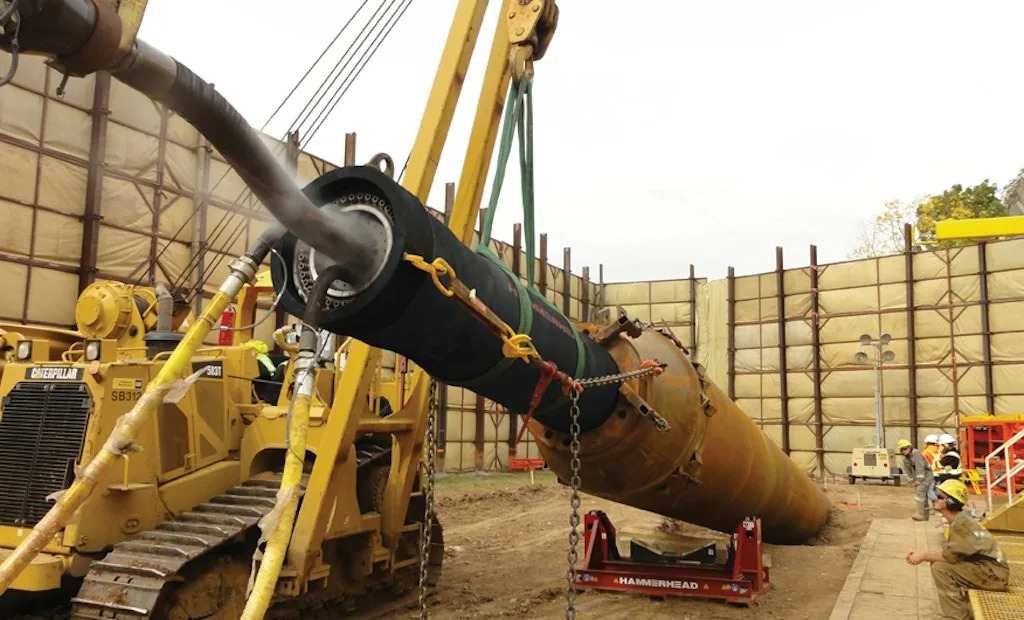Welcome to a discussion on how age can significantly affect drainage systems, brought to you by A.C.E. Plumbing and Home Services LLC. Over time, drainage systems experience wear and tear due to usage and environmental factors. This can lead to issues such as clogs, leaks, and reduced efficiency. Understanding these impacts is crucial for homeowners and property managers to ensure proper maintenance and timely repairs. Join us as we delve into the nuances of aging drainage systems and explore strategies to maintain optimal functionality and prevent costly disruptions.
The Basics of Drainage Systems
Before we dive into the impact of age, let’s first establish a foundation by understanding what drainage systems are and how they function. In simplest terms, a drainage system is a network of pipes, fixtures, and fittings designed to remove wastewater and sewage from buildings. This includes everything from sinks and toilets to showers and laundry machines.
Central to any drainage system is the concept of gravity. Gravity plays a key role in moving wastewater from higher points in a building to lower points, where it can then be safely transported away. This is achieved through a series of sloped pipes and drains that guide the flow of water in the desired direction.
Additionally, drainage systems are typically divided into two main categories: sanitary drainage systems and stormwater drainage systems. Sanitary drainage systems deal with wastewater from inside the building, such as sewage from toilets and greywater from sinks. On the other hand, stormwater drainage systems handle rainwater and runoff from outside the building, preventing flooding and water damage.
The Aging Process: How Time Impacts Drainage Systems
Now that we have a basic understanding of drainage systems, let’s explore how the passage of time can affect these critical infrastructures. Like any other component of a building, drainage systems are subject to wear and tear over the years. This wear can manifest in various ways, each with its own set of implications.
1. Pipe Corrosion

One of the most common issues plaguing aging drainage systems is pipe corrosion. Over time, exposure to water, chemicals, and other elements can cause pipes to deteriorate. This deterioration may result in leaks, cracks, or even complete pipe failure.
Corrosion can be particularly problematic in older buildings where pipes may be made of materials such as galvanized steel or cast iron. These materials are more susceptible to corrosion compared to modern alternatives like PVC or copper. As pipes corrode, they not only compromise the integrity of the drainage system but can also lead to water damage and mold growth within the building.
2. Clogs and Blockages
Clogs and blockages in drainage systems can cause inconvenience and potential damage. Plumbing services offer expertise in diagnosing and resolving these issues efficiently. They employ techniques such as drain snaking, hydro-jetting, and pipe repairs to clear blockages and restore optimal flow, ensuring smooth operation and preventing future problems.
Older drainage systems are often more prone to clogs due to factors such as narrower pipe diameters and outdated designs. Additionally, tree roots can intrude into aging sewer lines, causing significant blockages and damage. Addressing clogs promptly is essential to prevent further complications and ensure the efficient operation of the drainage system.
3. Reduced Efficiency
Reduced efficiency in drainage systems can lead to issues such as slow drains, backups, and increased water bills. Professional drain services play a crucial role in addressing these issues by providing solutions like drain cleaning, repairs, and upgrades to improve system functionality and prevent costly disruptions.
Furthermore, aging drainage systems may struggle to keep up with the demands of larger households or commercial buildings. Increased usage can place additional stress on the system, highlighting the need for regular maintenance and potential upgrades.
Environmental Factors and Aging
Apart from time-related wear and tear, environmental factors can also play a significant role in the aging process of drainage systems. For example:
1. Climate Effects
Climate effects on drainage systems are critical considerations in environmental conservation efforts, especially in areas like Edgewater. Understanding the role of drainage in managing environmental conservation such as stormwater, preventing flooding, and preserving water quality is essential. Implementing sustainable drainage practices, such as green infrastructure and low-impact development techniques, can mitigate the impact of climate change on local ecosystems and support long-term environmental conservation goals.
2. Soil Conditions
The type and condition of the soil surrounding drainage pipes can impact their longevity. Soil movement, settlement, and erosion can exert pressure on pipes, causing misalignments, fractures, or collapses. Additionally, acidic or corrosive soil compositions can contribute to accelerated pipe corrosion.
3. Water Quality
The quality of water flowing through drainage systems can also affect their durability. Hard water containing high mineral concentrations can lead to scale buildup inside pipes, reducing flow capacity and increasing the risk of clogs. Conversely, corrosive water with low pH levels can accelerate pipe corrosion and deterioration.
Retrofitting and Modernization
Retrofitting and modernization of drainage systems often require comprehensive solutions that extend beyond plumbing services. General contracting services play a crucial role in managing these projects by coordinating various aspects such as structural modifications, equipment installation, and compliance with building codes. They ensure seamless integration of modern drainage technologies, like trenchless pipe replacement or green infrastructure, to enhance system performance and sustainability while minimizing disruptions to properties.
1. Pipe Lining and Relining
Rather than complete pipe replacement, pipe lining and relining techniques offer cost-effective solutions for rehabilitating deteriorated pipes. Cured-in-place pipe (CIPP) lining involves inserting a resin-coated liner into existing pipes, which hardens to form a new, smooth inner surface. This method can extend the lifespan of aging pipes and improve flow capacity.
2. Trenchless Technology

Trenchless technologies, such as pipe bursting and directional drilling, minimize disruption to landscapes and structures during pipe replacement projects. These methods allow for efficient and less invasive installation of new pipes, reducing costs and environmental impact.
3. Grease Trap Installation
For commercial properties, installing or upgrading grease traps can help prevent grease buildup and clogs in drainage systems. Grease traps intercept fats, oils, and grease (FOG) from kitchen wastewater, preventing them from entering sewer lines and causing blockages.
Regulatory Compliance and Safety
As drainage systems age, it becomes increasingly important to ensure compliance with regulatory standards and safety codes. Building codes and plumbing regulations may evolve over time, requiring updates and modifications to existing drainage infrastructure. Non-compliance can result in legal liabilities, fines, and safety hazards.
Partnering with knowledgeable plumbing professionals who stay abreast of industry standards and regulatory changes is crucial for maintaining compliance and mitigating risks associated with aging drainage systems.
Community and Public Infrastructure
In addition to individual property concerns, aging drainage systems can also impact communities and public infrastructure. Municipalities and utility providers are responsible for managing and maintaining extensive networks of sewer and stormwater systems. Aging infrastructure at the municipal level can lead to:
- Increased instances of sewer backups, flooding, and water pollution.
- Higher maintenance and repair costs for public agencies.
- Disruptions to public services and potential health hazards for residents.
Collaborative efforts between public authorities, engineering firms, and community stakeholders are essential for addressing these challenges and implementing sustainable solutions for aging public drainage infrastructure.
FAQs
What are the factors that affect the drainage system?
Several factors can affect the performance and condition of a drainage system. These include the age and material of the pipes, environmental factors like climate and soil conditions, as well as the quality of water flowing through the system. Additionally, usage patterns, maintenance practices, and regulatory compliance also play crucial roles in determining the efficiency and longevity of drainage systems.
What is the impact of drainage?
The impact of drainage is significant and multifaceted. Proper drainage systems prevent water accumulation, reducing the risk of flooding, water damage, and soil erosion. They also contribute to healthier living environments by minimizing stagnant water, controlling moisture levels, and supporting sustainable water management practices.
What is the meaning of the drainage system in history?
In history, drainage systems refer to the ancient engineering practices developed to manage water flow and prevent flooding. These systems date back to civilizations such as the ancient Egyptians, Mesopotamians, and Romans, who utilized various techniques like canals, aqueducts, and drainage pipes to channel water away from inhabited areas and agricultural fields. The evolution of drainage systems throughout history reflects humanity’s ingenuity in adapting to and harnessing the forces of nature for societal benefit.
How does climate change affect the drainage system?
Climate change can significantly impact drainage systems in several ways. Increased precipitation and extreme weather events can lead to more frequent and intense flooding, overwhelming drainage infrastructure and causing water-related damage. Additionally, rising temperatures can alter precipitation patterns, affecting water availability and drainage system design and maintenance requirements.
How does drainage affect the environment?
Effective drainage systems can have both positive and negative environmental impacts. On one hand, proper drainage helps prevent waterlogging and soil erosion, promoting healthy vegetation and agricultural productivity. However, poorly designed or maintained drainage systems can contribute to water pollution, habitat degradation, and disruption of natural hydrological cycles, leading to adverse effects on ecosystems and biodiversity.
Conclusion and Call to Action
In conclusion, the impact of age on drainage systems is a multifaceted and evolving challenge that requires proactive management, innovation, and collaboration across various sectors. Whether you’re a homeowner, property manager, or public official, staying informed about drainage system maintenance, upgrades, and regulatory requirements is key to ensuring long-term functionality, sustainability, and resilience.
As we navigate the complexities of aging infrastructure, let’s embrace opportunities for continuous improvement, technological innovation, and environmental stewardship. Together, we can create safer, more efficient, and environmentally conscious drainage systems that serve communities and future generations.
